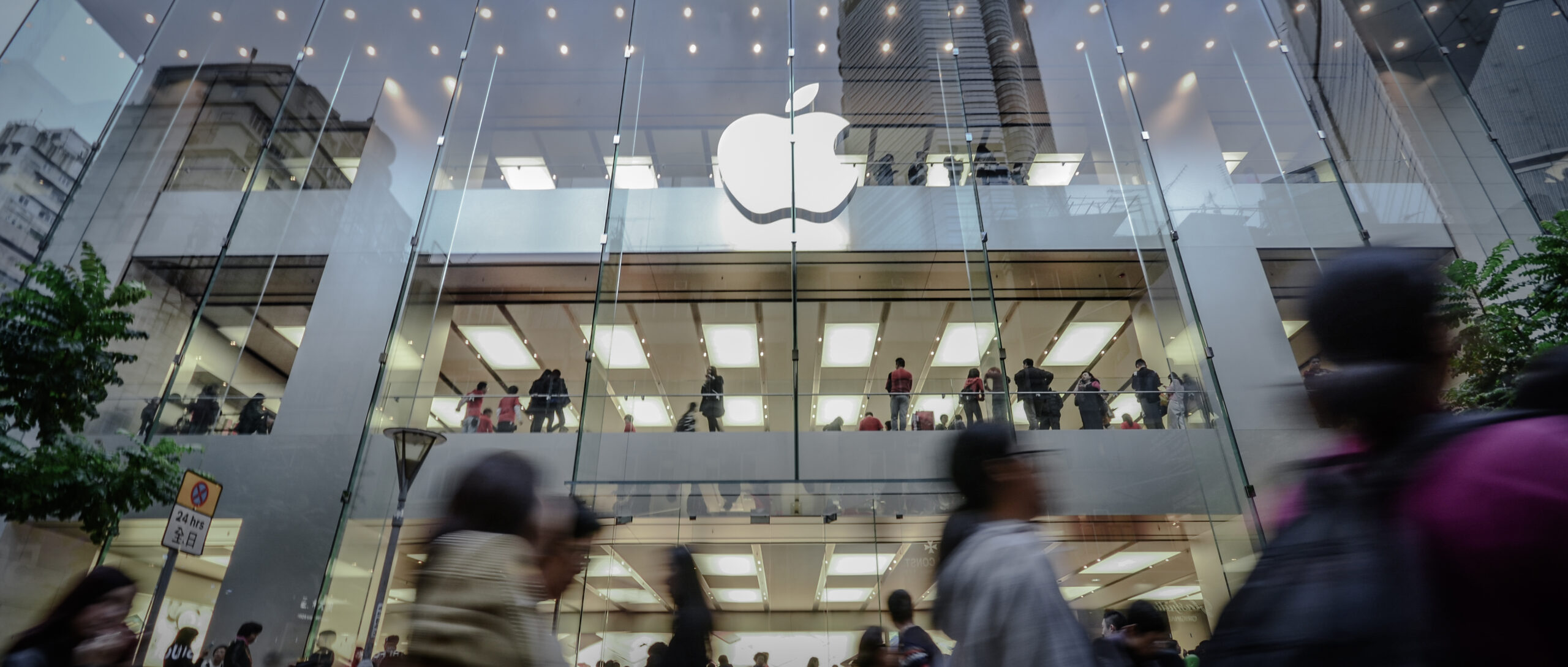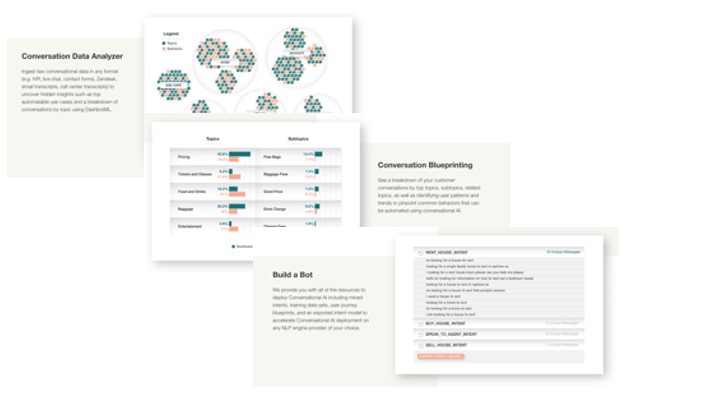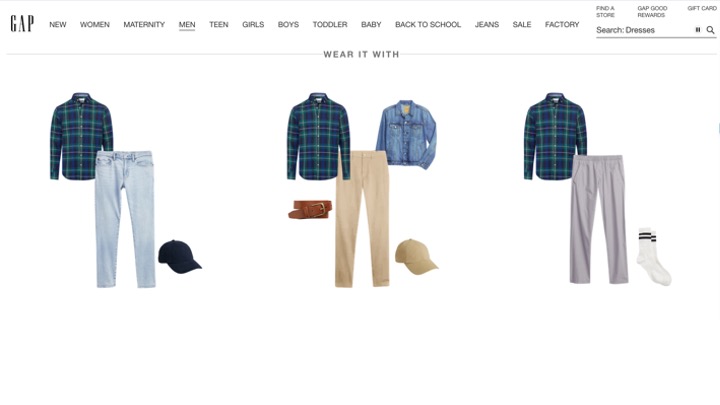Your Website is Your Flagship Store

When you think of flagship stores, you might think of Apple, Nike, and Tesla to name a few. These are always beautiful physical locations in high-end, high traffic shopping areas. They are designed to pull you in and have you engage with the brand, whether you buy something or not. They are as much marketing as they are commerce. When you walk into one, you feel compelled to buy something, even if you aren’t in the market for their wares.
I love all three of these stores but I have spent far more time on their websites than their physical stores. Their websites are equally as beautiful as their stores but they are all lacking one thing, the human connection. Of the three, Apple does the best job by offering online learning on specific topics at scheduled times. This is great, if they have a session that speaks to your needs. As a retailer, would you leave your stores unattended? Can you imagine walking into a Tesla showroom without any employees, showing yourself around the vehicles, and then walking over to a kiosk to purchase? Maybe someday, but not today. Tesla staffs their dealerships with knowledgeable associates so why don’t they do the same with their website? The same is true for Apple and Nike.
People remember their experiences, it’s one of the things that makes each of us unique. Regardless of your physical retail presence (or not), your website should be your flagship and you should treat it as such. What does that mean? For starters, websites should not be online catalogs like they have been for the last 30 years. There is too much technology easily available where you can do so much more. I am sure that no one reading this article thinks of their product or brand as a flat inanimate object, so why treat it that way? I am sure no one feels like their products are better understood with written text over a human explanation. In some ways, you can create better experiences with a website than a physical store. Retailers have a difficult time hiring and maintaining the best talent for their stores so the ones they do hire could be a detriment. With a website, the brand is in complete control.
Start with integrating human interaction. Most people prefer human interaction, especially when they have questions. Check out this simple integration with Nanit, a company that sells baby monitors. For new parents, the options for monitors and accessories are plentiful, and confusing. Nanit takes away all the anxiety by making it easy for shoppers to engage with an expert right in the chat window. This execution by Feel, can appear anywhere, on any page while remaining on brand. Feel even provides the sales experts from their network of sales/retail professionals.

Chat bots are a good way to engage with shoppers, if you are leveraging an NLP (Natural Language Processing) engine. Without an NLP engine, you can expect 70+% of engagements to fail or get escalated. Failure costs you revenue while escalation to a human costs you money. Brands need a good partner to help them navigate the NLP arena and think through each potential use case. As you can see in this report, people prefer chat bots for certain tasks, when executed properly. Think of NLP engines as a way to decode all the human interaction with your company’s communication channels such as, chat, phone, email, and social media. Learn what customers are saying and use that information to improve bots, marketing, products, and services. No matter what stage you are at, Dashbot can help you build, improve, or maintain your bot while also providing you the most valuable 1PD you probably never considered for insights.

The biggest advantage physical stores had until now was the ability to physically show a shopper how to wear something. What pants go with the shirt they are looking at, how to accessorize, or how to mix and match. Now this can be done leveraging AI and stay on brand as it aligns with a brands merchandising experts. Check out this execution on the right from Gap. They leverage technology from FindMine to drive more sales, increase AOV, and create better shopping experiences. Brands can implement all sorts of rules to make shipping more efficient, address limited stock, and reduce returns to name a few.
To sum things up, you website is the most important representation of your brand. If your website doesn’t contain elements like video shopping, NLP chat, or smart merchandising tools, your business is failing as an ecommerce experience. There are plenty more tools out there to help with bounce prediction, first party data gathering & utilization, and measurement. But if you don’t create the best experience, none of the rest matters.
